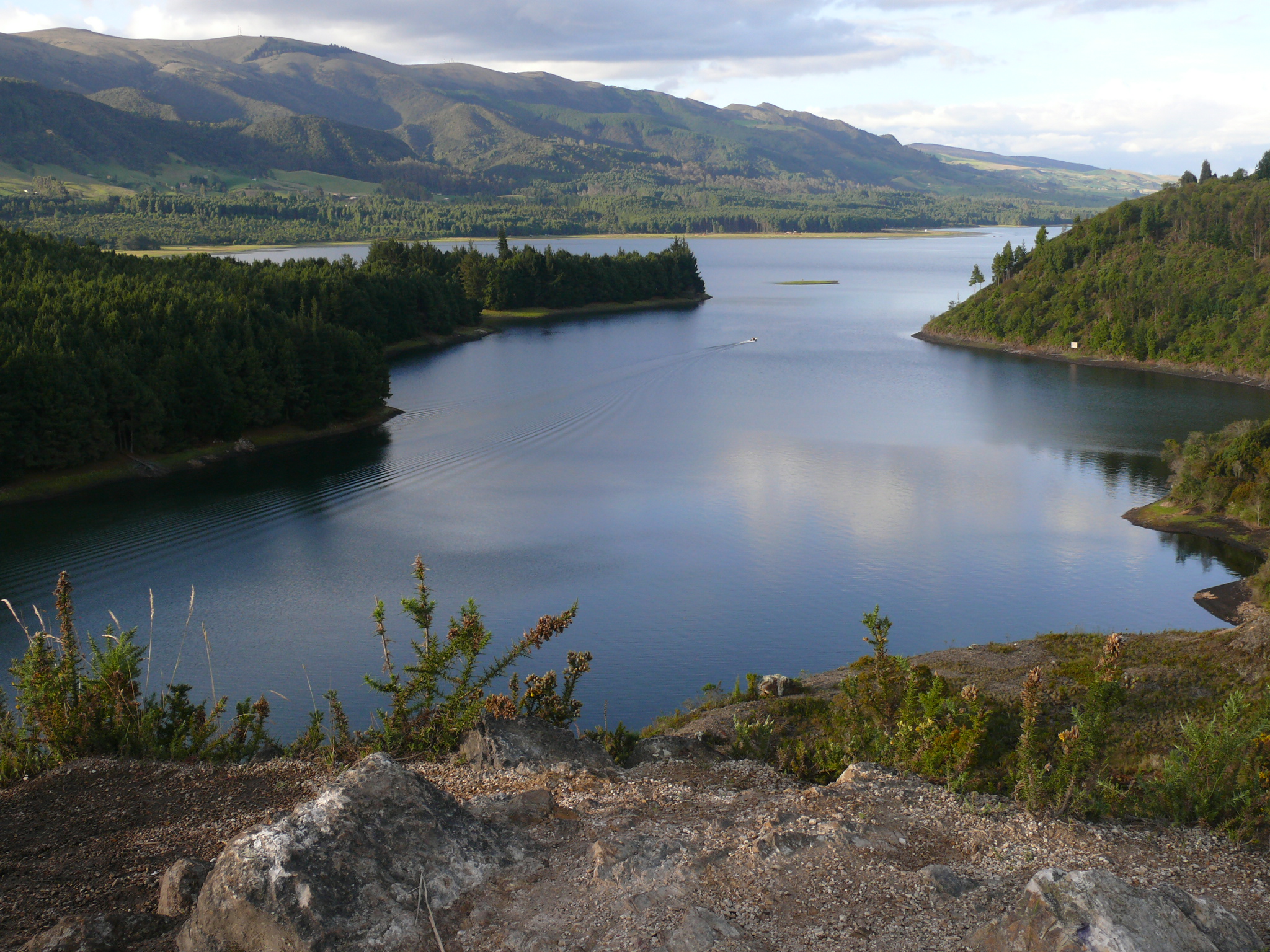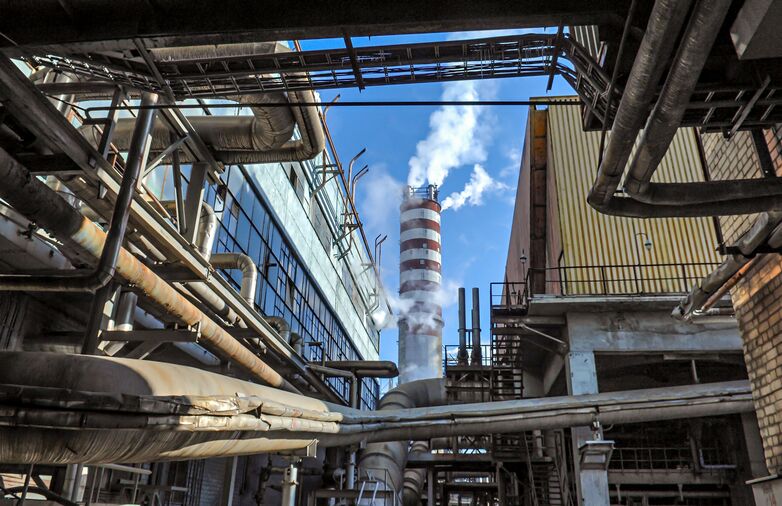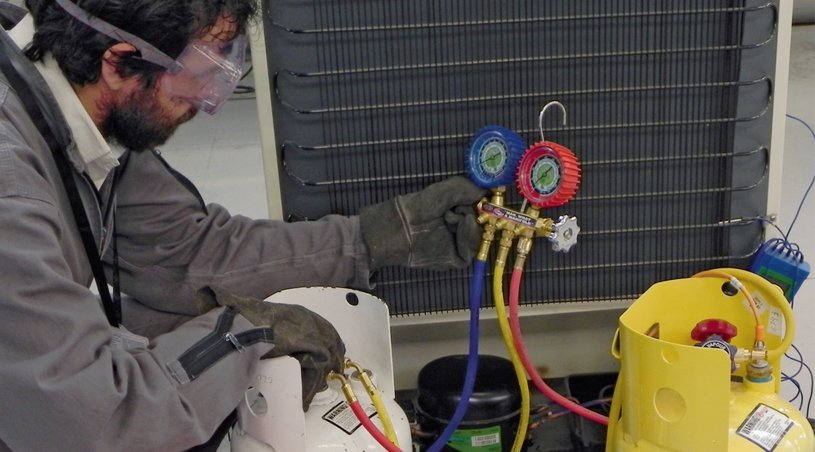Forests possess a great variety of species, serve as carbon sinks and fulfil
many other functions that must be preserved. The Bonn Challenge is the most important international initiative for forest restoration. The participating states set the goal of restoring around 150 million hectares of forest by 2020. The project uses the “Bonn Challenge” barometer of progress to develop a system to document and publish the progress of the Bonn Challenge, and to inform donors and partners about the implementation status. The barometer is being developed in six pilot countries and implemented all over the world. The methodology is used to measure progress in policy and budget commitments, technical knowledge, implementation on the ground and ‘carbon benefits’. Experiences from the pilot countries are published, and the
implementation status of the Bonn Challenge, success stories and reporting are
disseminated via high-profile public campaigns.
Countries: Bangladesh, Brazil, Burkina Faso, Cameroon, Colombia, Costa Rica, Ivory
Coast, Ecuador, El Salvador, Ghana, Guatemala, India, Kenya, Madagascar, Malawi,
Mexico, Peru, Rwanda, Sri Lanka, Uganda, United States
IKI funding: 4,579,839.00 €
Duration: 10/2016 till 01/2023
Status: open
Implementing organisation: International Union for Conservation of Nature and Natural Resources (IUCN) – Switzerland
Political Partner: Diverse climate change relevant institutions in the respective partner countries/Diverse klimarelevante Institutionen in den entsprechenden Partnerländern
- In 2021-2022, the Restoration Barometer been expanded to additional ecosystem types and audiences:
- Following up on the development by IUCN of the first typology ever of ecosystem restoration interventions across terrestrial ecosystems, IUCN is now finalising typologies for seagrasses, kelp forests and shallow reefs. This will allow countries to report on ecosystem restoration from ridge to reef and allow for more robust planning that accounts for the interconnectedness of ecosystem types. –22 countries have submitted data on their restoration progress. IUCN is packaging the submitted data and planning a flagship report
that will be launched by December 2022. A selection of data was also released as a ‘preview’ during the High Level Political Forum in July 2022 to align with an invitation from the UN for the IUCN DG to present the Barometer among other topics. A social media campaign was executed on Twitter and LinkedIn to showcase the Barometer during the HLPF. - Workshops were conducted with experts from National Oceanic and Atmospheric Administration (NOAA), the Government of Thailand, and key partners to expand the Barometer to seagrasses, kelp forests and shallow reefs. This will make the Barometer the first operational tool capable of tracking ridge to reef ecosystem restoration and will also support countries in identifying and planning for trade-offs between restoring different ecosystems.
- The pilot for the private sector has been completed with 1t.org. Twenty-one private sector companies have reported their restoration progress in the first phase in 2022. IUCN is currently in the process of reviewing the data.
- The Restoration Barometer online portal is live. The country dashboard that will showcase data submitted by countries will go live along with the report. Data can be shared directly with BMU beforehand if requested.
- Collaboration is advancing with ILO and UNEP on the first publication on the economic impact of investing in NbS, to be released by end 2022. This publication will use the action indicator 2, funding for restoration, and impact indicator 8, economy (jobs), to make the case for investments in NbS such as forest landscape restoration.
- Capacity development videos are being finalized. 4 of the 9 videos are live on the Restoration Barometer website with the rest slated to be released by the end of 2022.





